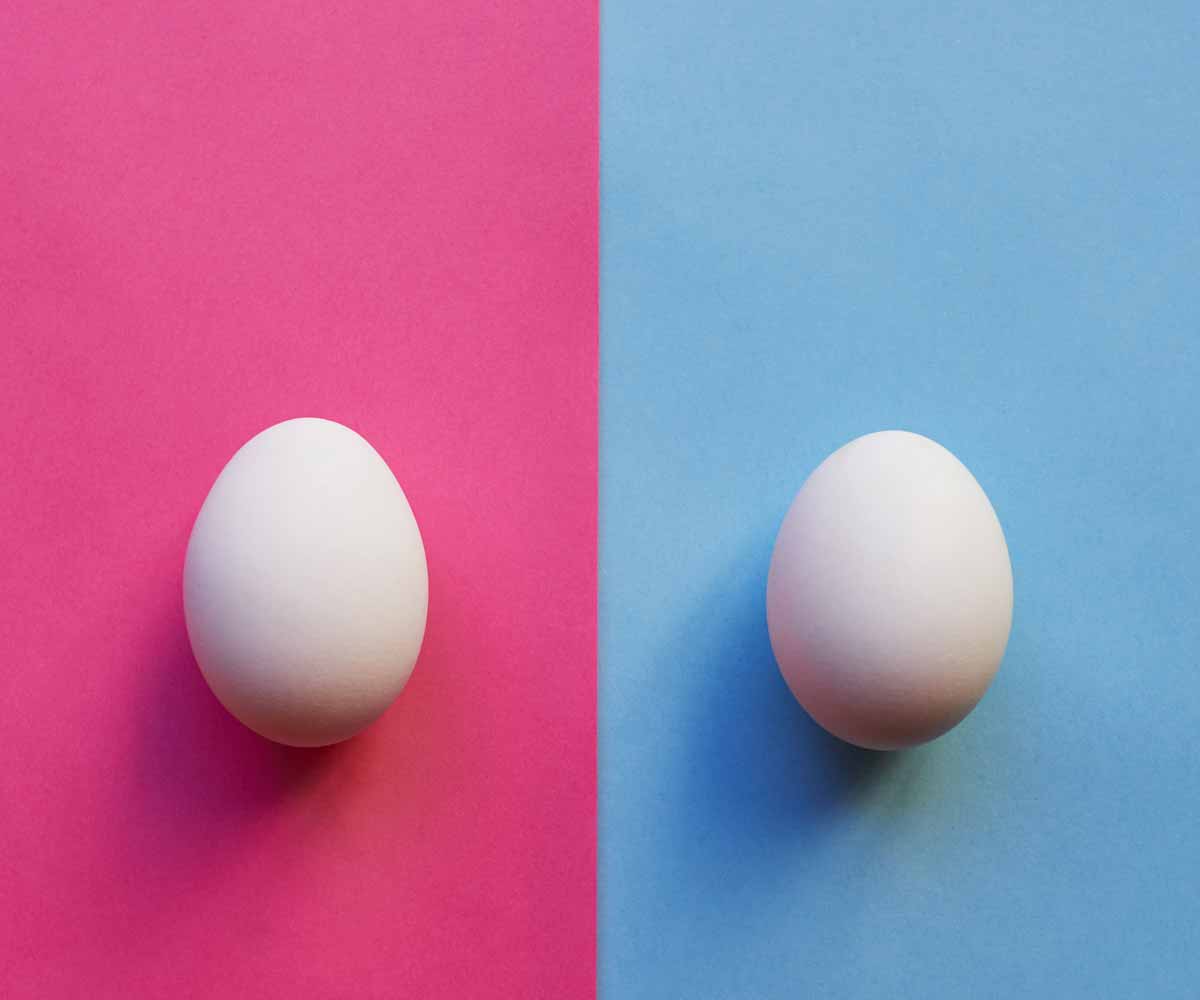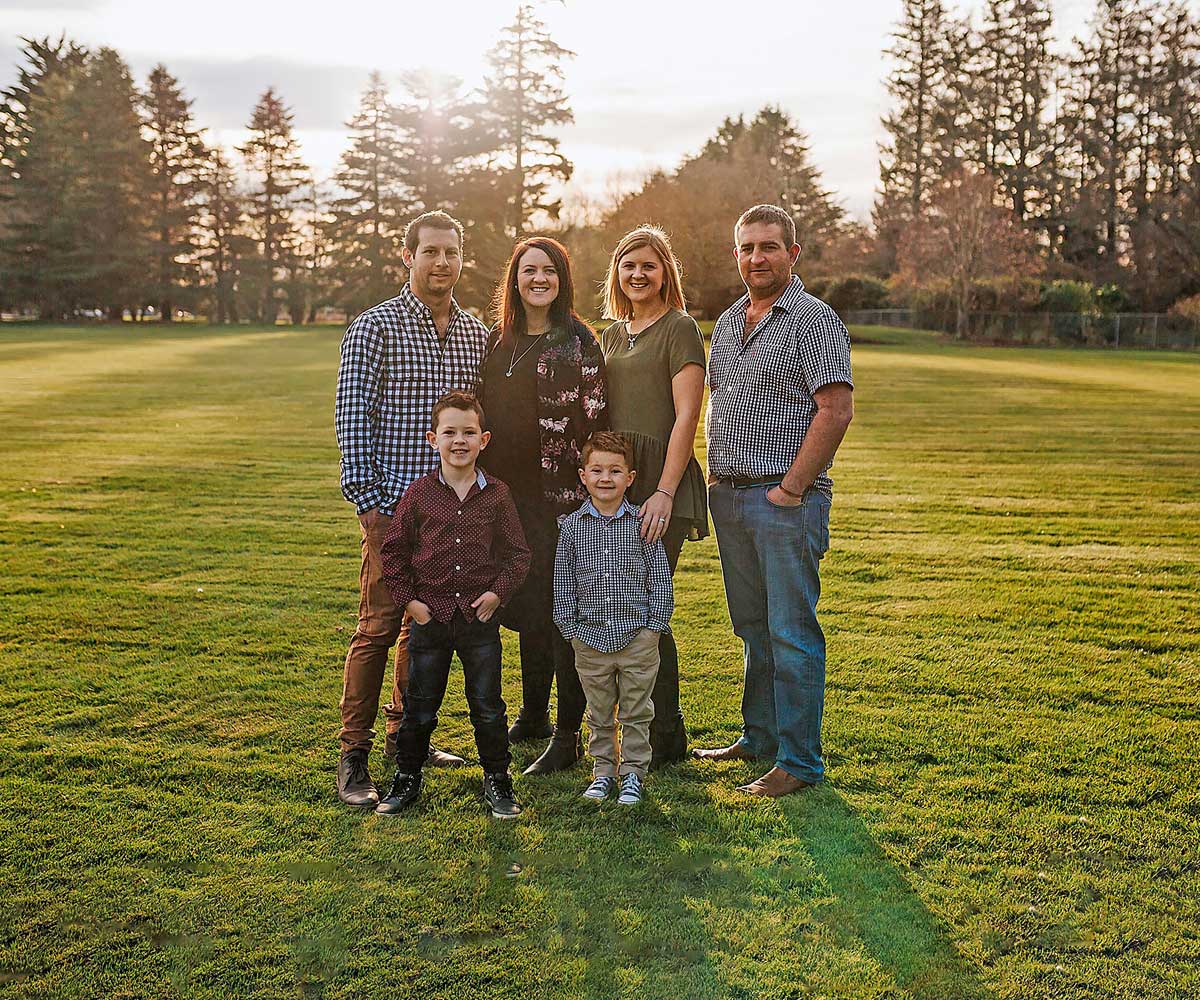It sounds like the ideal middle option for couples who are struggling to conceive a baby naturally, but aren’t ready to commit to IVF: a DIY insemination device. The product, called The Stork, comprises a cervical cap inside a condom to catch semen and a long plastic applicator to place the cap at the entrance of the woman’s cervix.
The bonus is you don’t need a prescription for the $130 single-use device, which is sold online and can be used privately at home, rather than surrendering your modesty to doctors at a clinic.
However, the big question is: does it work or is it a quick-fix gimmick?
The Stork’s makers claim it can be an effective tool for couples with issues such as low sperm count or motility, erectile dysfunction and an unfavourable vaginal environment, and that it has an up to 20 per cent success rate.
However, fertility specialist Dr Clare Boothroyd, of the Royal Australian and New Zealand College of Obstetricians and Gynaecologists, says she would not recommend the device and says couples who are struggling to conceive should get checked by a doctor or a specialist such as Fertility Associates.
“There’s no evidence that such a device would improve fertility in couples who have got infertility,” she says. “I think it has a very limited place and that would be for people who are unable to complete [sexual] intercourse. Those cases are quite rare.”
She compares The Stork to “turkey basting”, a colloquial term for the unsupervised DIY insemination of a woman with donor sperm in a bid to get pregnant.
Yet Natalie Kringoudis, a natural fertility specialist and Chinese medicine practitioner who promotes The Stork, insists it fills a gap for people looking for options to assist in conception aside from IVF.
“It’s a viable option with a high success rate,” she says. “It’s 20 per cent, I’m led to believe, which is up there with natural conception [per ovulation cycle on average].
“Sometimes, the barrier for people is the stress of conception. This is taking a little bit of the guesswork out of it.”
The problem is this 20 per cent success figure is extrapolated from two small, generic cervical cap insemination studies which were carried out 24 and 30 years ago, so they carry little weight as evidence.
“To really show something works, you need to test it against a placebo or at least a control [group] and see if there’s a difference in pregnancy rates across the population,” says Dr Boothroyd.
She points out that absolute infertility is quite rare, so some couples who struggle to conceive may, over time, fall pregnant without medical intervention or with a placebo (a treatment with perceived rather than actual benefit).
Nevertheless, Dr Boothroyd says couples should see a doctor to find out what may be causing their infertility, rather than wasting time and money on something that might not work for them.
“[The Stork] is mimicking what you achieve naturally,” she says. “People in this situation are vulnerable. They believe products like this are going to work. Treatments that are not effective do cause harm and disappointment.”
A study in 2015, sponsored by Rinovum, the company that brought The Stork to the market, found a higher concentration of sperm in the cervical mucus when The Stork was used by 15 couples, compared to natural intercourse.
Although this offers support for the concept in people with functioning reproductive systems, it doesn’t account for infertility complications and variables.
Natalie says other benefits include The Stork’s price and the fact that it can be used privately by couples without the need for involvement of medical staff.

“That’s [part of] what makes it so appealing,” she says. “It’s cost- effective for people who have known challenges and for people who want to try another option.”
Because The Stork is a single-use device, each attempt costs $130, bringing three recommended attempts per monthly ovulation cycle up to $350 for a bundle three-pack. While that’s cheaper than IVF, it will only be of value if the actual obstacles to conception involve getting semen to the cervix.
The closest medical procedure to The Stork is artificial insemination, or intrauterine insemination (IUI), which involves placing concentrated “washed” sperm directly into the uterus cavity via a small disposable catheter.
“IUI is done a lot less than it used to be,” says Dr Boothroyd. “There is some evidence of marginal benefits in selected patients with [particular] infertility issues.”
The Stork is registered with the Therapeutic Goods Administration (TGA), the Australian federal government’s medicines regulator. “Low- to medium-risk medical devices can be included in the Australian Register of Therapeutic Goods if appropriate conformity assessment certification has been issued for the device by an accredited European Notified Body,” a TGA spokesperson said.
“TGA accepts such certification as evidence that the device is safe and performs as intended.”
Last month, The Stork’s promoters announced the first birth of a baby attributed to conception through the device in Australia.
Parents Shelley and Scott Hasson, from Perth, said they’d been trying to conceive unsuccessfully for five years and were preparing to try IUI when they decided to give The Stork a go.
The couple, who had naturally conceived their first child, were overwhelmed with “joy and relief” when they got a positive pregnancy test result. Maybe it was a placebo effect: the psychological benefit of taking a proactive step in a quest for conception. Maybe this pregnancy would have happened anyway. Or maybe, as the traditional folk story goes, it really was The Stork that brought this baby into the world.




